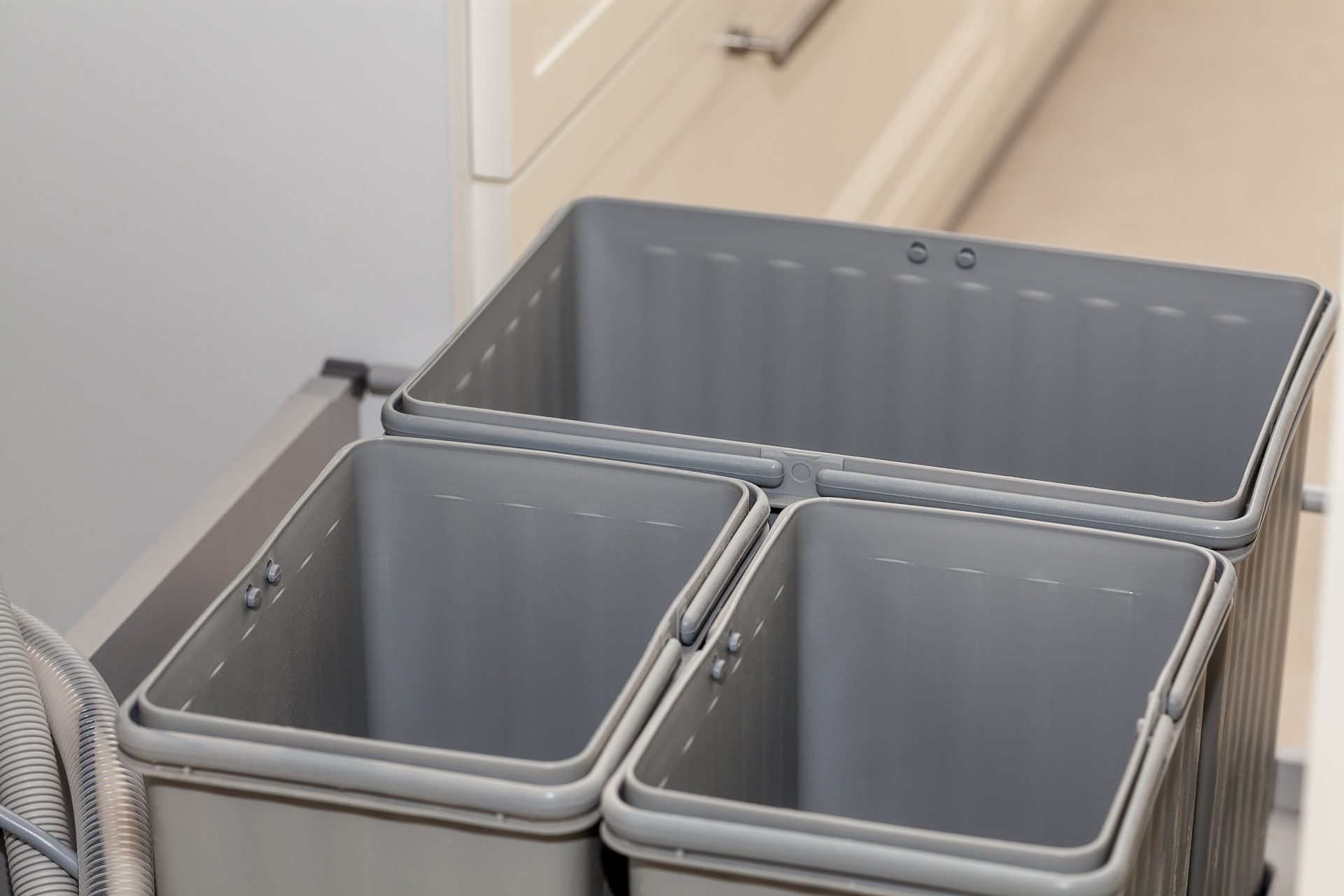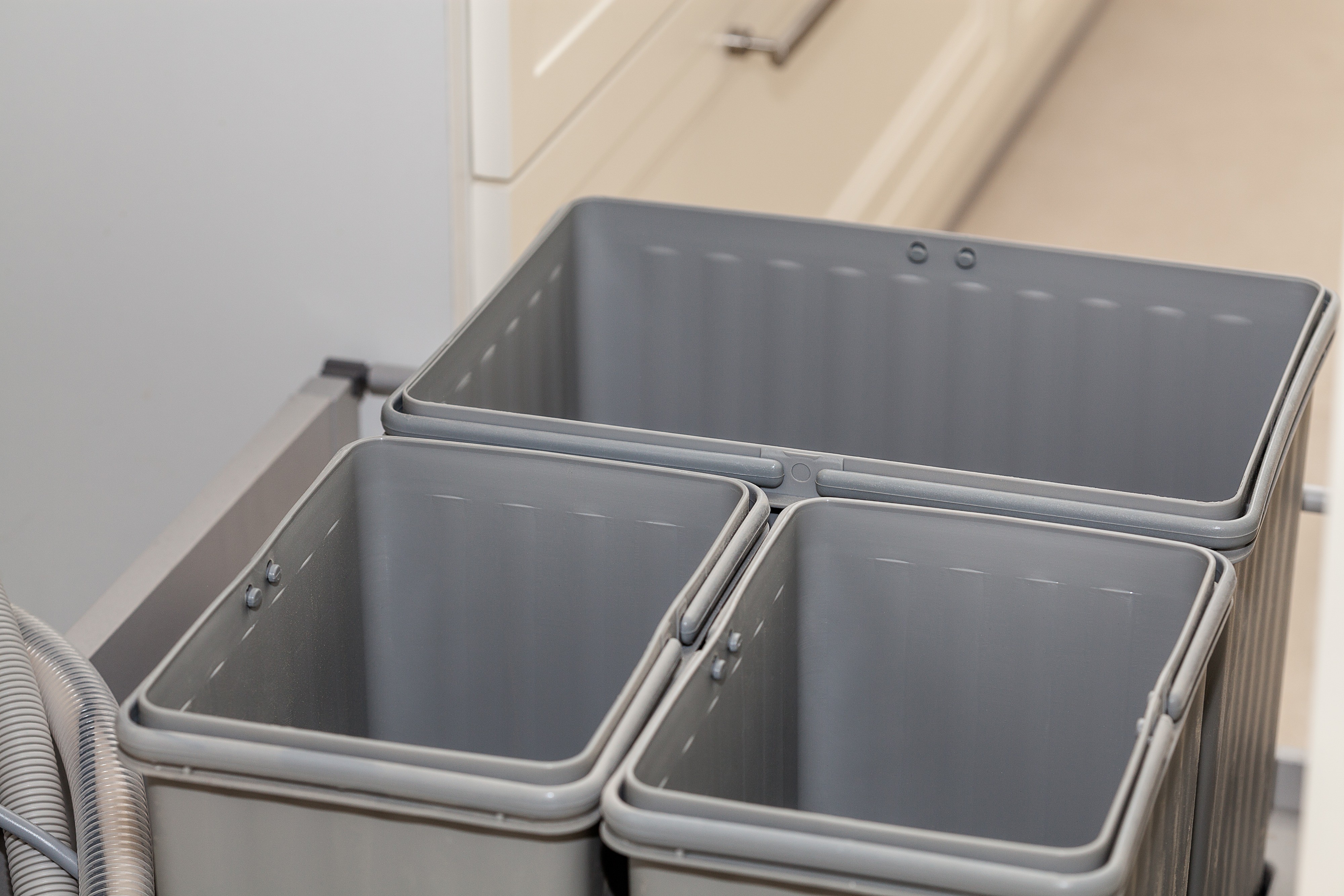All the world is going green, or at least it seems it’s trying. The movement toward taking better care of the environment is has caught on, and we’ve all heard about the simple things we can do to help. Sure, you recycle. You try to use less energy. Maybe you even drive a hybrid car. Those things are all important, no doubt, but perhaps you’ve been left wondering if there is anything else you can do, simply and easily, to put less stress on the environment and be more resourceful. This begs an important question: Have you ever thought about worms? Yes, worms. Redworms, to be exact.
Worm composting might sound gross, but it is in fact a great, easy way to turn food-based garbage that you can’t recycle into compost. Not only do you get rid of waste without throwing it into a landfill, but you can also use the compost to fertilize a garden, which in turn will produce more food. Perhaps best of all, setting up and maintaining a worm composting bin is easier than you might think. If you’re interested, read on.
1. Suitable container
The first thing you’ll need for worm composting is a suitable container. You can buy a specially made worm composting bin or use any large rubber or plastic storage container with a lid. If you do the latter, make sure you perforate the lid with plenty of holes to allow for air flow. You’ll also need to drill several small holes in the bottom of the bin for drainage purposes. Place your container in a shady area to avoid excessive heat. In the winter months, you may need to keep the bin inside a garage or even in your house to avoid the cold. If you keep your compost bin inside, be sure to place a tray with a lip underneath the bin to catch drainage.
2. Cool and damp environment
Once your bin is set up, you’ll need to create an appropriately cool and damp environment in which the worms can survive. Start with some dampened dirt or soil loosely arranged in the bottom of your bin. Next, shred up plenty of newspaper and/or dead leaves and wet them before adding them to the container. You can also use dried grass, cardboard and other paper products. Be sure to leave some space at the top for air.
3. Add your worms
When your container is ready, you can add your worms. Make sure to buy redworms (such as red wrigglers), as these are the best choice for composting. You can find them at gardening stores or order them online. The number of worms you will need depends on the amount of waste you plan to put in your bin. For a small compost bin, you can start with half a pound to a pound of worms.
4. Get started
Now that your worm composting bin is all set up, it’s time to get started! Simply start putting food scraps into your worm composting bin instead of throwing them away. You can give your worms scraps such as vegetable pieces, fruit cores, pits and peels, assorted greens, tea bags, coffee grounds, and even egg shells. You won’t want to add more food than the worms can break down, so remember to always leave room at the top of the bin for air flow. Also remember to help maintain a cool, damp environment by adding moisture when necessary.
5. Use your compost
After a few months, your worms will have created rich compost out of your food waste. When you want to use your compost, put on rubber gloves and separate the worms from the compost so you can use them again. Be sure to leave a small amount of the finished compost in the bin when you create new bedding for your worms.
As you’ve learned here, worm composting is a simple and resourceful way to be kind to the environment. So don’t be afraid of a little red wriggler; go on and give it a try!


